Sunset dwarf rainbowfish - Melanotaenia parva
Scientific name: Melanotaenia parva
Common name: Sunset dwarf rainbowfish
Family: Melanotaeniidae
Usual size in fish tanks: 7 - 9 cm (2.76 - 3.54 inch)
014
Recommended pH range for the species: 6.5 - 7.5
Recommended water hardness (dGH): 12 - 16°N (214.29 - 285.71ppm)
0°C 32°F30°C 86°F
Recommended temperature: 24 - 26 °C (75.2 - 78.8°F)
The way how these fish reproduce: Spawning
Where the species comes from: Oceania
Temperament to its own species: peaceful
Temperament toward other fish species: peaceful
Usual place in the tank: Middle levels
Origin
Sunset dwarf rainbowfish is endemic to Lake Kurumoi which is situated on the Vogelkop peninsula New Guinea.
Lifespan
The expected life span for Melanotaenia parva is 5 years.
Short description
As this species of rainbow fish is a lake dweller, only keep it in a low current tank. The tank should be heavily planted with open swimming spaces and keep these fish in a small group. There are two main colourations of these species when you look at the males. Some of the males will have a bluish colouration with red fins whilst the others will have a silvery colouration also with red finnage. They normally inhabit the shorelines of the lake where the substrate and banks are very muddy and can be dense with vegetation. This can be easily replicated in the aquarium by the use of a sandy substrate or a muddy substrate whichever you prefer and the addition of many aquatic plants. The lighting should not be too bright so floating plants can help with the dimming. Keep the water flow low and always make sure that the water quality is kept high with regular weekly water changes.
Food and feeding
In the wild this fish lives on a diet of insects but will accept all foods offered in the aquarium. Quality flakes or small pellets should be offered as the staple diet, a treat of blood worm and brine shrimp will also be welcomed.
Sexing
The males will display more colouration, along with reddish fins, the females tend to be more duller in appearance. Mature males tend to be larger than mature females.
Breeding
This species should be easy to breed if spawning mops or moss is used in the breeding tank. The mops or moss should be removed to another tank after spawning to prevent the parents from eating the eggs. When the fry hatch, they can be fed on Infusoria or vinegar eels. Do not attempt to feed them crushed flake until they have grown slightly. The breeding tank should be filtered by means of an air driven sponge filter to keep the current at a minimum and also to make cleaning the filter easier. Remove the parent fish when spawning is complete or move the spawning mops to another growing on tank if you wish to keep the parent fish spawning on a regular basis.When the fry hatch, they can be fed on Infusoria or vinegar eels. Do not attempt to feed them crushed flake until they have grown slightly. After a couple of weeks the fry should have increased in size and will be large enough to digest crushed flake but only offer small amounts initially until you are sure they can cope with the larger food particles.
Pictures
Bought by aqua-fish.net from jjphoto.dk.
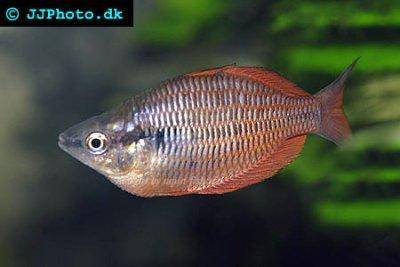



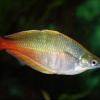 Bleher’s
Bleher’s 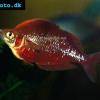 Red
Red 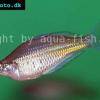 Ramu
Ramu 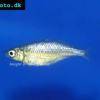 Wanam
Wanam 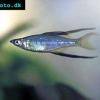 Threadfin
Threadfin 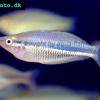 New
New 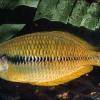 Yakati
Yakati 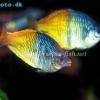 Boesemani
Boesemani 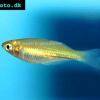 Crimson
Crimson 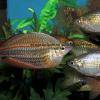 Australian
Australian 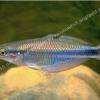 Goldie
Goldie 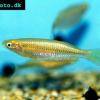 Slender
Slender 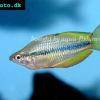 Lake
Lake 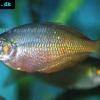 Irian
Irian 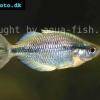 Kamaka
Kamaka 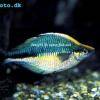 Lake
Lake 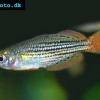 Dwarf
Dwarf 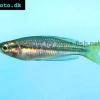 Black
Black 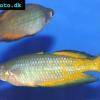 Parkinsoni
Parkinsoni 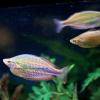 Neon
Neon 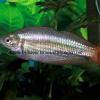 Western
Western 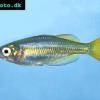 Inornate
Inornate 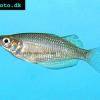 Ruby
Ruby 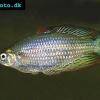 Eastern
Eastern 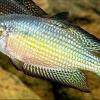 Desert
Desert 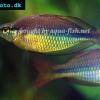 Regal
Regal